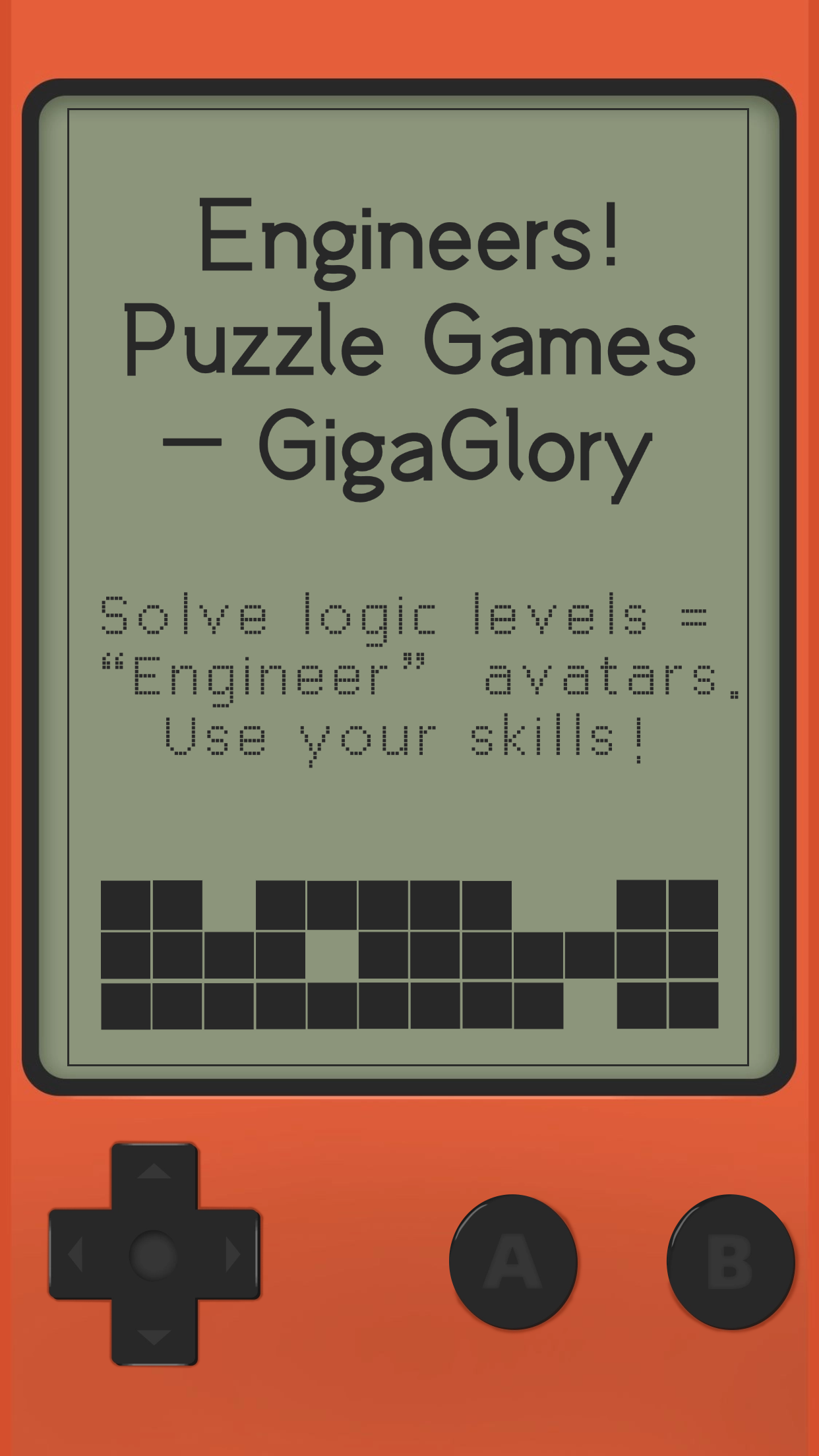From RPG Games to Tower Defense: Exploring the Evolution of Strategic Gameplay
There's something undeniably captivating about strategic gameplay. Whether you’re rescuing a princess in a sprawling RPG or meticulously planning your defenses against hordes in tower defense games, these genres have evolved remarkably over the years. This article will delve into the journey from classic RPG games to the more structured schemes seen in tower defense titles, and even touch on the emergence of unique experiences like real ASMR games.
The Roots of RPG Games
Role-Playing Games, or RPGs, first gained immense traction in the early 1980s. Games like “Dungeons & Dragons” set the stage for players to dive into immersive worlds where they could embody characters, engage in tactical combat, and embark on adventures. The clan-like structure of RPGs allowed players to strategize not only in combat but also in lore, skills, and quests.
How RPG Games Shape Strategic Thinking
- Character Development: Players learn to make choices that impact their character’s growth.
- Decision Making: Every action, from combat to dialogue, requires strategy.
- Resource Management: Managing items and abilities leads to more rewarding gameplay.
The Shift to Tower Defense Games
As gaming developed, so did player expectations. Tower defense games began emerging in the early 2000s. Unlike the story-rich RPG games, these focused more on strategic placement and resource utilization. The popular “Defense of the Ancients” (DotA) allowed players to defend against waves of enemies while upgrading towers, marking a shift in gameplay mechanics.
What Makes Tower Defense Games Unique?
Tower defense games offer a refreshing twist on traditional RPG mechanics. Here are some reasons for their popularity:
- Simplicity: The rules are straightforward and easy to grasp.
- Strategic Depth: Players must think critically about tower placements and upgrades.
- Replayability: Varietyof maps and difficulties keeps players engaged.
The Integration of ASMR Elements
Recently, games that incorporate ASMR (Autonomous Sensory Meridian Response) have gained traction. These real ASMR games blend strategic gameplay with calming audio and visual stimuli to create an immersive experience.
How ASMR Influences Game Design
Adding ASMR elements to strategy games can greatly enhance player experiences by creating a relaxing atmosphere. This integration could include:
- Soothing Soundscapes: Soft sounds and ambient music create a calming environment.
- Visual Triggers: Smooth animations and subtle movements heighten the sensory experience.
Comparative Analysis: RPG vs Tower Defense
To illustrate how these genres differ and yet share a common foundation, consider the following table:
| Feature | RPG Games | Tower Defense Games |
|---|---|---|
| Player Role | Character-driven | Strategist |
| Gameplay Focus | Story and character development | Resource management and placement |
| Typical Challenges | Character growth, narrative choices | Enemy waves, tower upgrades |
| Social Interaction | Party dynamics, quests | Collaboration in team modes |
The Popularity of Hybrid Games
The rise of hybrid games combines elements from both RPGs and tower defense genres. Titles like “Kingdom Rush” have successfully merged deep tactical gameplay with storytelling, creating an engaging experience that resonates with a broad audience.
Future of Strategic Gameplay
As technology further advances, the possibilities for strategic gameplay seem endless. Players can expect:
- Increased Use of AI: More sophisticated AI could adapt to player styles, enhancing difficulty.
- VR and AR Experiences: Immersive technologies could redefine how strategy games are played and experienced.
Elements of Engaging Gameplay
What keeps players coming back to these genres? Here are some core elements:
- Challenge: A balanced difficulty curve maintains engagement.
- Progression: The sense of growing stronger or gaining new skills motivates players.
- Community: Building a community around a game can sustain interest over years.
Conclusion
The evolution of strategic gameplay from RPGs to tower defense games marks a fascinating journey enriched by player feedback and technological advances. The introduction of ASMR elements exemplifies the creative adaptations developers are making to enhance experience. In this ever-changing landscape, understanding the core mechanics and desires of players will be paramount for future developments.



